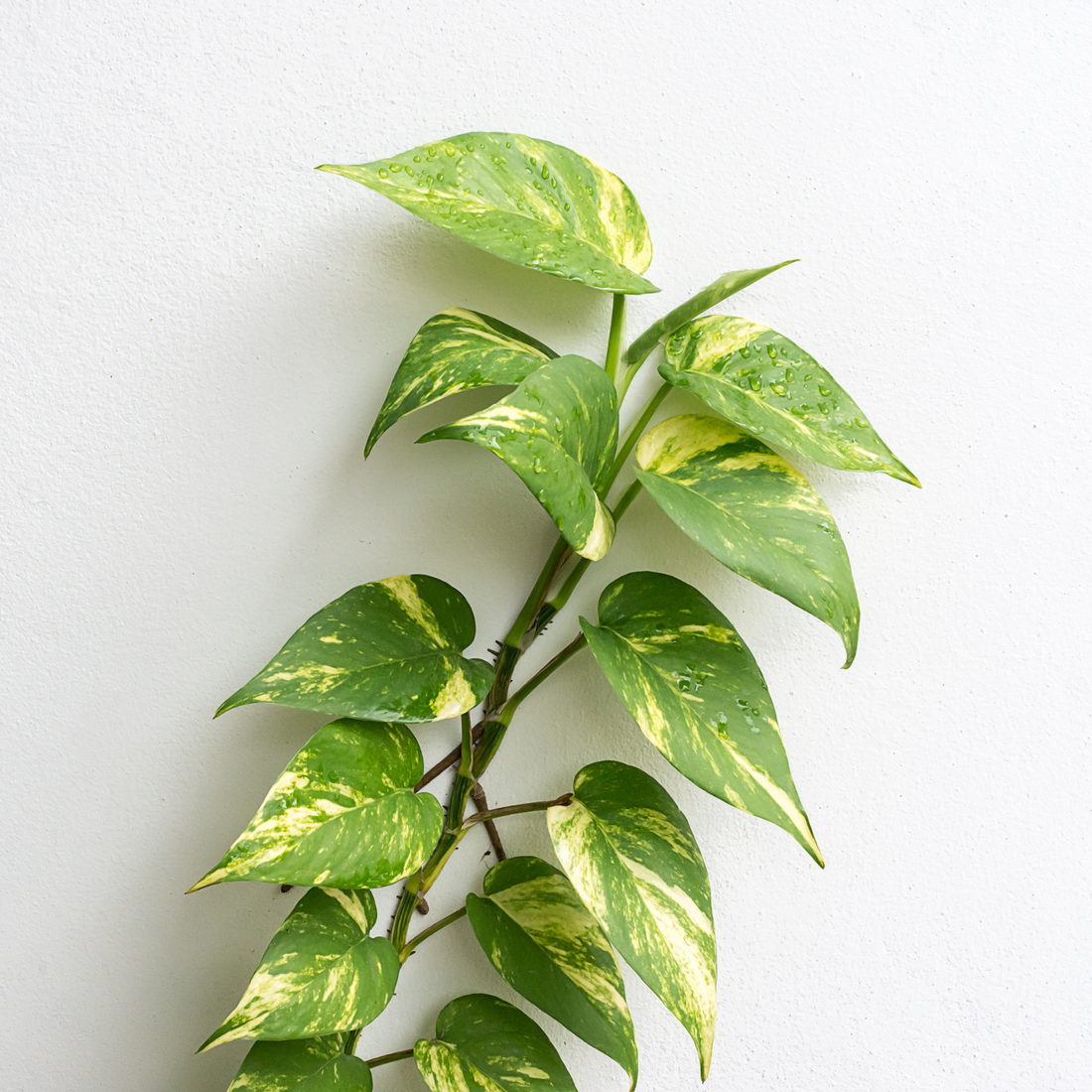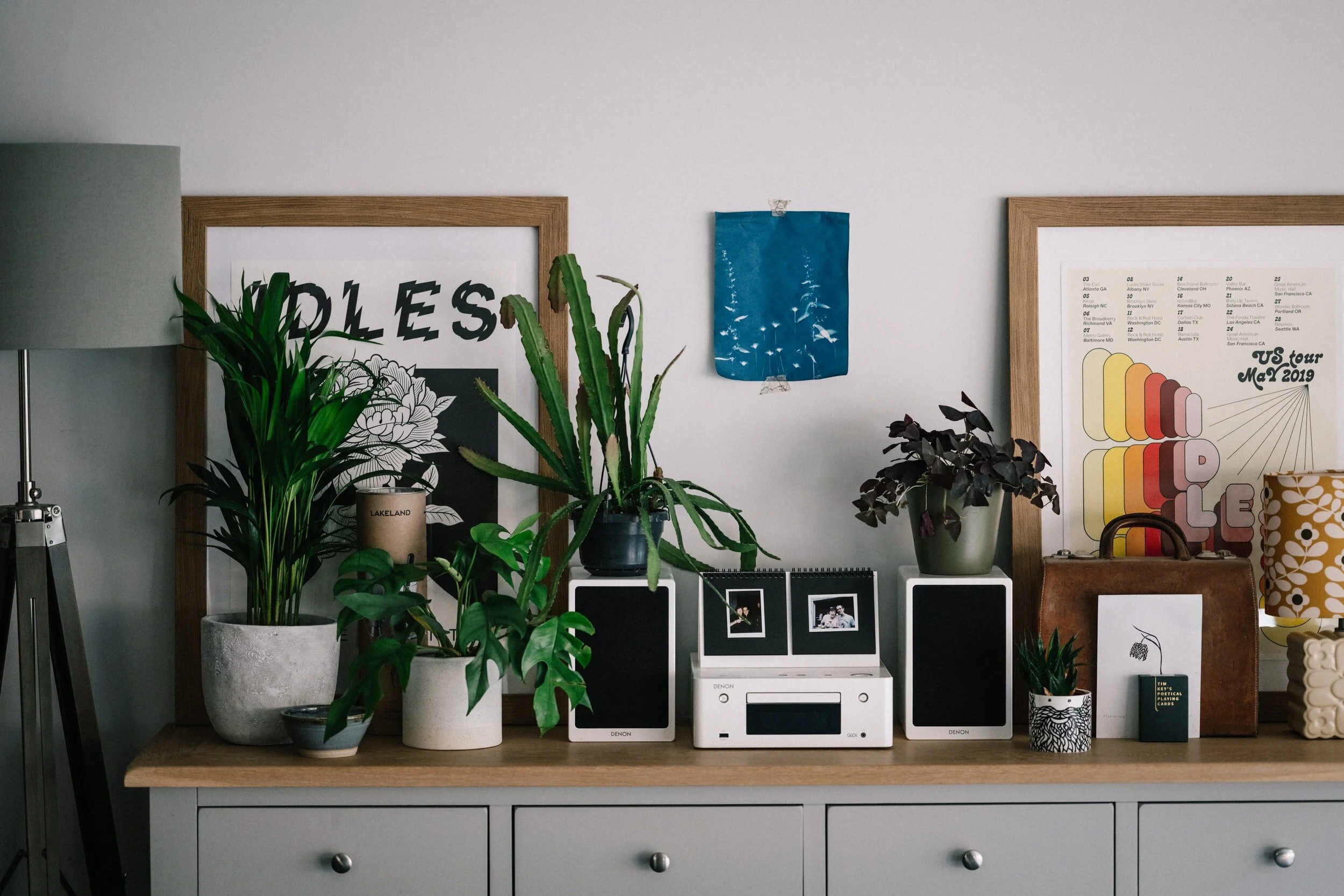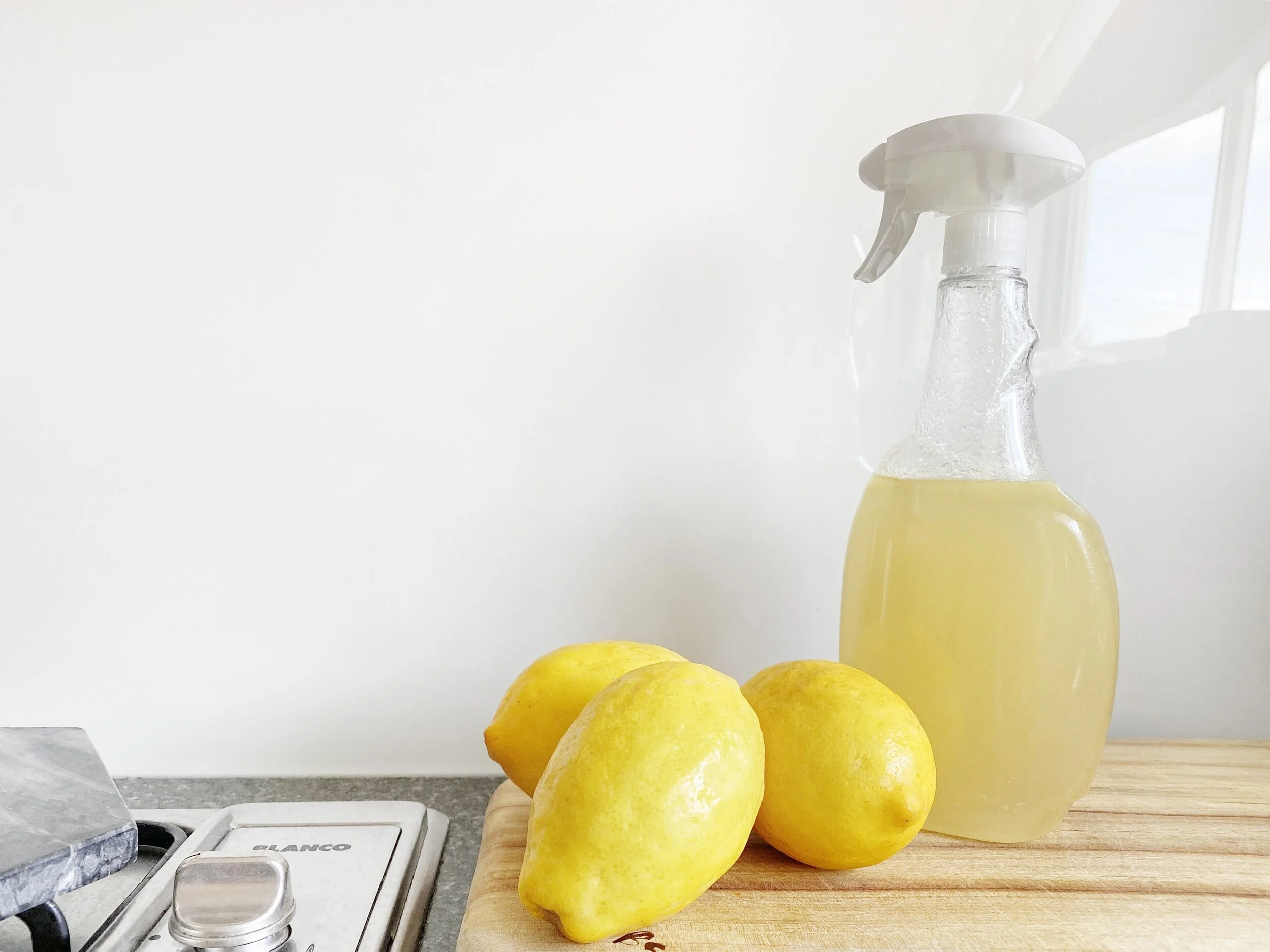
Common Filipino Household Plants Poisonous to Dogs
Share

Sago Plant
Although all parts of the plant are poisonous, the seeds contain the most poison. Cycasin toxin is found in Sago Palm, which attacks the liver causing a wide range of symptoms and can cause severe liver failure.
- Vomiting
- Diarrhea
- Decreased appetite
- Blood in feces (black tarry stool)
- Nose bleeds
- Lethargy
- Icterus (yellow coloration of skin and gums)
- Ascites (accumulation of fluid in the abdomen)
- Abdominal pain
- Increased thirst and urination
- Bruising
- Neurological signs (depression, circling, paralysis, seizures, coma)

Aloe Vera
The main active ingredient in aloe vera, saponin, can lower the blood sugar in dogs causing coma or death in some cases. The skin of the aloe vera plant causes cramping, diarrhea, nausea, and dehydration. When aloe vera is ingested, a dog’s body metabolizes the glycosides with gut bacteria causing an increase in mucus and water in the color which results in nausea and vomiting.Symptoms of toxicity include:
- Abdominal pain and bloating
- Abnormal heart rate
- Anorexia
- Breathing difficulty
- Coma
- Dark urine
- Depression
- Diarrhea
- Dilated pupils
- Drooling
- Head-shaking
- High body temperature (hyperthermia)
- Lethargy
- Muscle twitches, spasms, or weakness
- Nausea
- Seizures
- Skin irritation (bumps, flaky skin, and hair loss)
- Tremors
- Incoordination
- Vomiting
- Weight loss

Birds of Paradise
Commonly found in the Philippines, the Birds of Paradise plant is a tall plant, four to five feet high, with a very distinct flower which resembles a bird. This plant produces a unique shaped flower which is the most toxic part of the plant but all parts of the plant is considered toxic as well.Symptoms of toxicity include:
- Nausea
- Vomiting
- Increased heart rate
- Muscle tremors
- Diarrhea
- Dehydration
- Incoordination

Elephant Ears
Alocasia poisoning is caused by the elephant ear plant, due to the calcium oxalate acid. The calcium oxalate has crystals that get absorbed into the tissues of your dog’s skin or mouth which causes injury to your dog’s mouth. A sign of poisoning would be vomiting, foaming, and drooling along with pawing at the face or mouth. What makes this dangerous is that it causes swelling of the mouth, tongue, and upper airway which can obstruct breathing and making swallowing difficult.Types
- Topical alocasia poisoning is caused by the exposure of your dog's skin to the oils or liquid in the leaves, stalk, or roots of the elephant ear plant
- It can also be caused by being stuck by a thorn from the elephant ear
- Oral alocasia poisoning happens if your dog eats any part of the elephant ear plant, including the leaves, root, and stalk
Topical Symptoms
- Burning skin pain
- Eye irritation
- Inflammation of the skin
- Redness, pain, and burning of the eyes
- Skin irritation and redness
- Tearing eyes
Oral Symptoms
- Abdominal pain
- Delirium
- Diarrhea
- Difficulty speaking
- Difficulty swallowing
- Drooling
- Eye pain
- Lack of appetite
- Lip swelling
- Mouth pain
- Mouth ulcers
- Nausea
- Numb mouth
- Red eyes
- Severe burning in the mouth and throat
- Sore throat
- Swelling of the tongue and mouth can cause difficulty in breathing
- Tongue pain
- Vomiting
- Watery eyes
- Whining

Hydrangeas
The hydrangea is a common garden plant with bright flowers, but contains a toxin known as cyanogenic glycosides. If your dog eats this plant, it can lead to gastrointestinal upset. The leaves and the bud of the plant contains the toxins.
Symptoms of toxicity include:
- Lethargy
- Depression
- Vomiting
- Diarrhea
- Anorexia
- Increase in heart rate
- Increase in body temperature

Angel’s Trumpet
This plant contains tropane alkaloids. In concentrated form of the plant and at unregulated amounts it can cause hallucinations and toxicity. The entire plant is toxic to dogs when ingested, but especially the seeds.
Symptoms of toxicity include:
- Behavioral changes
- Disorientation
- Dilated pupils
- Hyperthermia
- Loss of appetite
- Change in heart rate
- Change in respiratory rate
- Vomiting
- Decreased GI motility
- Constipation
- Lethargy
- Ataxia
- Seizures
- Tremors
- Paralysis
- Death (rarely)

Satin Pothos
The dangerous substances found in the satin pothos are calcium oxalate crystals, which are very small and sharp enough to lodge themselves in the tissues of the mouth, throat, and intestinal tract. This causes severe pain which usually stops most dogs from eating a lethal amount. If consumed, it can cause swelling and breathing problems.
Symptoms of toxicity include:
- Mouth pain
- Vocalizing
- Excessive drooling
- Foaming from the mouth and nose
- Vomiting
- Appetite loss
- Pawing at the mouth
- Inflammation and burning tongue, lips, and mouth
- Difficulty swallowing
Types
The scientific name of the Satin pothos is Scindapsus pictus from the Araceae family. Some additional names that this plant is known by include:
- Silver vine
- Silk pothos
- Spotted pothos
- Golden pothos

Dracaena
Dracaena plants contain saponins, which have foaming properties that can lead to the gastrointestinal upset.
Symptoms of toxicity include:
- Vomiting (with possible presence of blood)
- Diarrhea
- Drooling
- Stomach irritation
- Intestinal irritation
- Anorexia
- Depression
- Ataxia
- Weakness

Caladium
This plant can be very toxic to your dog to the extend that it can be fatal if not treated immediately. If any part of the plant is ingested, it can cause the dog’s airway to be swollen leading to the inability to breathe. This is cause by the calcium oxalate acid found in the plant.
Types
-
Topical caladium poisoning is caused by the exposure of your dog’s skin to the oils or liquid in the leaves, stalk, or roots of the caladium plant, it can also be caused by being stuck by a thorn from the caladium
-
Oral caladium poisoning happens if your dog eats any part of the caladium plant, including the leaves, root, and stalk
Oral Symptoms
- Abdominal pain
- Delirium
- Diarrhea
- Difficulty with vocalization
- Difficulty swallowing
- Drooling
- Eye pain
- Lack of appetite
- Lip swelling
- Mouth pain
- Mouth ulcers
- Numb mouth
- Red eyes
- Severe burning in the mouth and throat
- Sore throat
- Swelling of the tongue and mouth can cause difficulty in breathing
- Tongue pain
- Vomiting
- Watery eyes
- Whining
- Nausea
Topical Symptoms
- Burning skin pain
- Eye irritation
- Inflammation of the skin
- Redness, pain, and burning of the eyes
- Skin irritation and redness
- Tearing eyes

Jade Plant
The jade plant is a type of succulent plant and is very toxic to dogs. When ingested, this causes gastric distress, heartbeat irregularities, and depression among other symptoms. Not much is known about what causes this plant to be toxic, but best would be to keep your pets away from this plant.
Symptoms of toxicity include:
- Vomiting
- Abdominal pain
- Lethargy
- Weakness
- Depression
- Aggression
- Hiding
- Slow heart rate (rare)
- Impaired muscle movement (rare)
- Convulsions (rare)
Safety Measures
Diluted Lemon Juice
Dogs really hate the smell and taste of citrus. You can make your very own diluted lemon juice spray by simply mixing lemon juice with water. Mist around your beloved plants and your dog should steer away from your fortified plant baby. If your plant is sensitive, you can also put slices of lemon around the plant, but make sure to regularly change them as they are prone to rot and mold.
Move Your House Plants
The quickest way to solve your problem is by simply moving the plants or buying a stand for them. You can check out hanging pots - not only do they protect your dog, but also make a great home decor. Do note that you will need to regularly check on your plants to make sure their leaves are intact. Regular trimming is a must.

